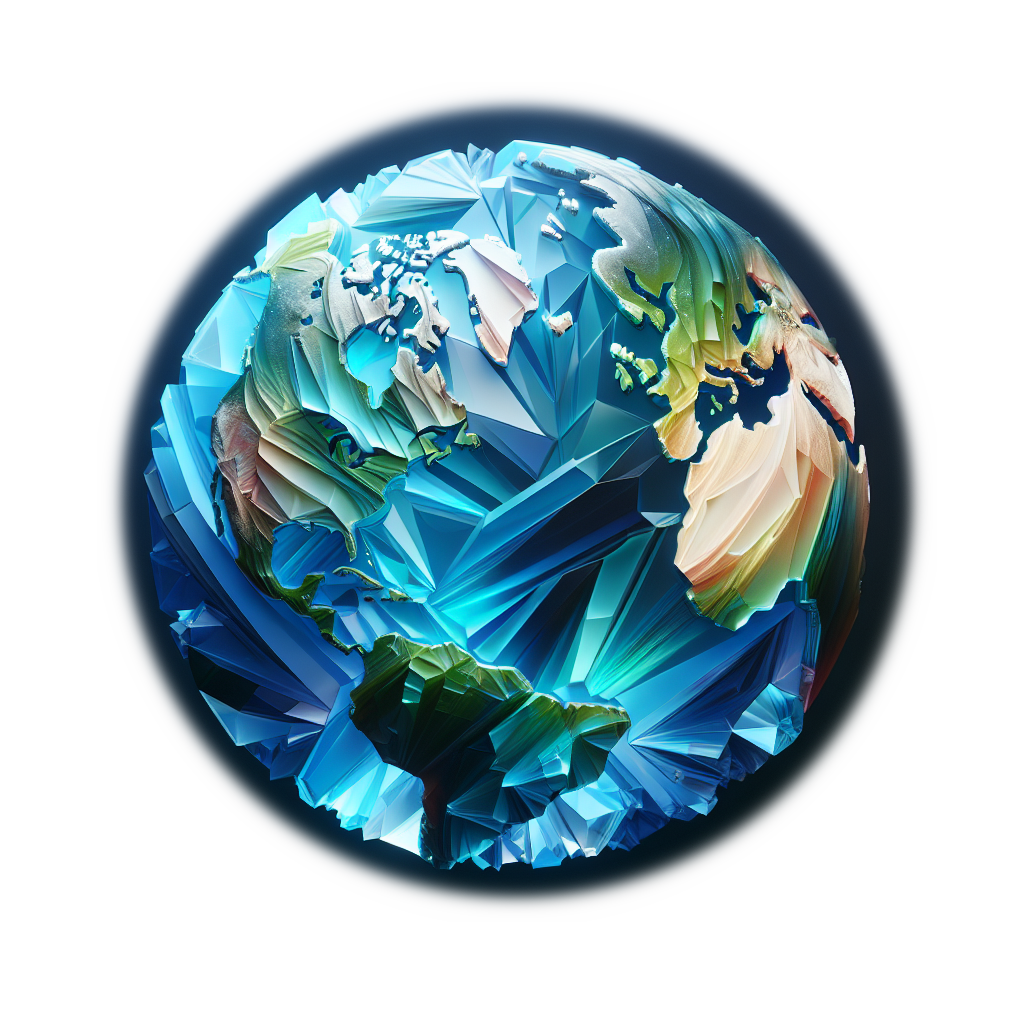The rock cycle describes one of the most fundamental processes that shapes our dynamic earth. This cycle explains how Igneous rocks are born, and how they evolve from Igneous rocks to Sedimentary and Metamorphic rock types through a continuous process of transformation and change. Most terrestrial rocks “begin” as Igneous rocks, forming deep inside the earth, either forming in magma chambers, then slowly rising to the surface, or by bubbling up from the molten mantle layer of the earth, and erupting to the surface through volcanic fissures and hot spots.
The igneous rocks, are either intrusive, forming below ground, or extrusive, forming at the surface through volcanic springs. The rocks that form underground, eventually come to the surface through uplift and erosion of overlaying materials. Rocks that form above ground may come into being through the slow, continuous solidification of lava flows, or rapidly during violent eruptions of volcanoes that heave volcanic rocks and gases high into the air. From there, the weathering forces of temperature, wind, rain, and snow helps break down large bodies of igneous rock (mountains, lava fields, etc) into ever smaller chunks of rock, pebble and sand.
An important actor in this weathering process is the constant daily temperature swings in some parts of the earth from above to below freezing. That environment allows slow intrusion of water into tiny cracks; water that is then frozen, causing the crack to expand. The ice then thaws, allowing yet more water to intrude, and creates larger areas to expand and push apart. Eventually, what began as enormous solid bodies, are broken into vast scree fields and strewn with boulders that can be pushed by ice, wind, and snow far form their origins through mechanical weathering & deposition processes.
These rocks are then eroded further by rain and chemical processes that can dissolve strong bonds in minerals and create ever smaller bodies of pebbles and sand. This lighter material is then carried out to sea and into low laying valleys, and forms many thousands of layers of sediments. Under pressure and water, the sediments undergo lithification as their chemical structures bond to neighboring particles, becoming solid Sedimentary rocks.
Sedimentary and igneous rocks can also become Metamorphic rocks through intense pressures and the heat gradient of the earth. This can transform the rocks into unusual shapes and forms that hardly resemble their parent rock. Processes of metamorphism can create exotic mineral types including Skarns, Griesen, and Hornfels, through hydrothermal alteration, or metasomatism, which occurs when hot magmatic fluids and gasses interact with sources of water, causing minerals in an existing rock to be dissolved and replaced through deposition of new mineral constituents.
Finally Sedimentary and Metamorphic rock may eventually be recycled back down into the mantle through plate tectonics, pushing these layers of sediment and exotic rock so far down due to subduction that they melt and reform as magma, and the process begins anew as the components of these rocks are recycled into new Igneous rocks. This entire incredible process, known as the rock cycle, has been creating and transforming rocks for billions of years.

